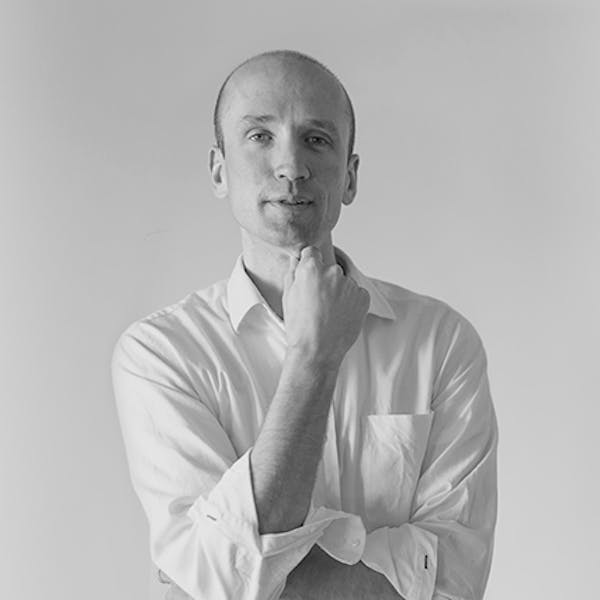Buford Middle School is the first public school to be part of the Commonwealth Engineering Design (CED) Academy, the nation’s first laboratory school for advanced manufacturing technologies. Dedicated to incorporating novel manufacturing technologies into classrooms and curriculum, the Buford Engineering Design Academy represents a unique partnership between the University of Virginia’s Schools of Education and Engineering. Teachers in the CED work with University professors and students to integrate engineering concepts into their lessons, while the University uses feedback from the program to better prepare future science instructors. The result is a dynamic promotion of STEM learning and teaching in Charlottesville City Schools, expressed in ways that are engaging for students.
VMDO worked collaboratively with the University of Virginia and Charlottesville City Schools to design four innovative STEM laboratories that make use of every space and surface to optimize teaching and learning. The design features of the four labs foster the following:
Technology-Rich Learning
- The six lab stations found in each of the four labs feature a digitally-controlled die-cutter, 3-D printer and an all-in-one, wall-mounted computer that pivots in three directions for optimal support of student collaboration.
- The flexible teaching wall features two touch-screen SMART boards and two dry-erase boards, each mounted on a rolling assembly which saves space while fostering dynamic teaching and learning arrangements.
- All technology as well as building and structural systems are exposed, rather than hidden, to encourage further learning about engineering processes and functionality.
Connectivity & Collaboration
- Almost all technology found in the labs is wireless to promote interactive, mobile learning. Most notably, cameras and monitors facilitate several modes of distance-learning and online collaboration, allowing students to connect with partners at the University – and with students and teachers from all around the world!
- Overhead cameras project the work being done onto any monitor in the lab, enabling students to closely follow lab demonstrations and better retain technical training.
- Teacher desks, demonstration tables, and all lab stations are completely moveable and support rapid reconfiguration of the teaching environment. Ceiling-mounted, retractable power cords enhance the flexibility, allowing students to deploy equipment and technology in almost any location.
Local, Sustainable Materials
- Material choices at the Buford Engineering Design Academy connect students to the natural world around them in Charlottesville.
- Feature walls and exhibit spaces at the entrance to each lab incorporate a unique combination of local wood and stone, as well as exposed metal. These three materials represent the different science courses offered at the school: life science (wood), earth science (stone), and physical science (metal).
- Wood in the hallway panels comes from salvaged or re-claimed wood sources found locally in Charlottesville. Stone panels featured at classroom entrances represent different rock types and were quarried within a 40-mile radius of Charlottesville.
Overall, advanced manufacturing technologies and STEM learning are revolutionizing the ways in which we live and learn. Preparing students for the future with smartly designed STEM spaces and empowering teachers with novel means of educating 21st century learners was the intent behind VMDO’s design of the Buford Engineering Design Academy.
“Nothing about our science and engineering classrooms is cookie-cutter. We wanted highly flexible spaces that allow us to offer students a state-of-the art science and engineering workspace today, and ten years from now. VMDO listened carefully, and created an environment that exceeds our expectations.”
Science Coordinator, Charlottesville City Schools
Client: Charlottesville City Schools
Location: Charlottesville, VA
Discipline: Middle & High Schools
Completion: 2013
Size: 9,600 SF
Key Team Members
Additional Resources
Awards Received
2014 Innovation Silver Award
Virginia Chapter of the Association for Learning Environments
2014 Outstanding Project
Learning By Design
2013 Gold Design Award
Virginia School Boards Association
